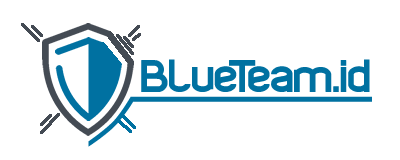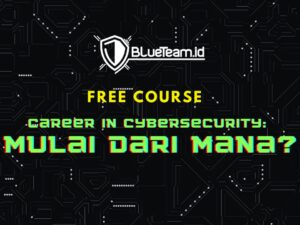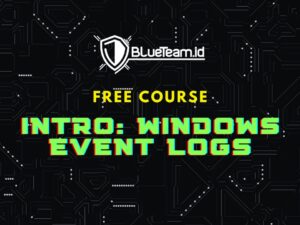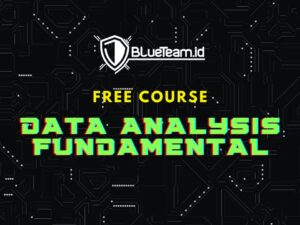SIEM Fundamentals
- Description
- Curriculum
- FAQ
- Reviews
- Grade
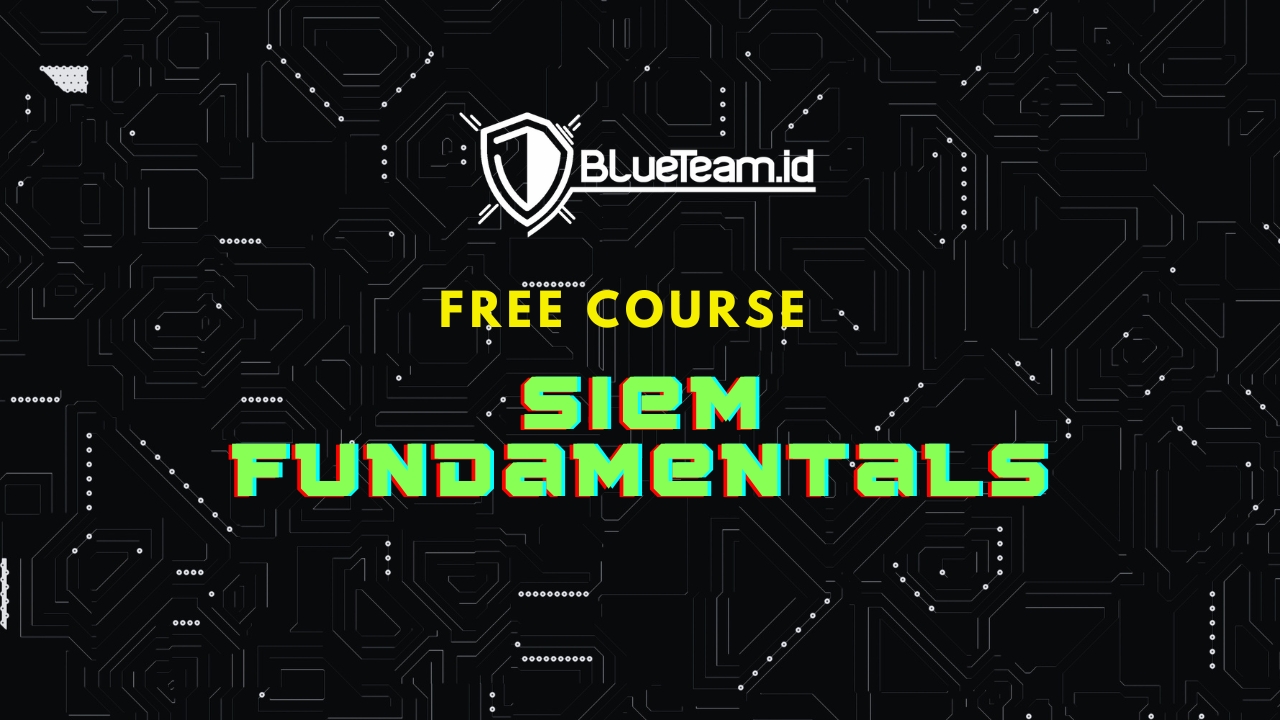
Durasi: ±10–12 jam
Level: Dasar
Prasyarat: Tidak ada – hanya membutuhkan rasa ingin tahu dan semangat untuk belajar dunia blue team 🙂
Deskripsi:
Di dunia keamanan siber modern, kemampuan memahami dan mengelola log menjadi keterampilan penting yang wajib dimiliki oleh setiap SOC Analyst. Kursus ini memberikan pengantar komprehensif tentang Security Information and Event Management (SIEM) — sistem yang menjadi pusat dari deteksi ancaman siber.
Kursus ini tidak berfokus pada satu platform tertentu, melainkan menyajikan pengetahuan yang agnostik terhadap vendor dan dapat diterapkan pada berbagai jenis SIEM, baik open-source maupun komersial. Dengan pendekatan yang ringan namun mendalam, Anda akan mempelajari komponen utama SIEM, membangun use case deteksi, hingga memahami cara menghindari kesalahan umum dalam implementasi SIEM.
Kursus ini menggabungkan teori dengan praktik melalui mini lab dan diskusi terbuka untuk memperkuat pemahaman Anda dalam konteks dunia nyata.
Yang Akan Anda Pelajari:
-
Memahami konsep dasar SIEM dan fungsinya dalam dunia blue team
-
Menjelaskan komponen utama SIEM: log collection, parsing, enrichment, correlation
-
Mengembangkan use case deteksi dan logika korelasi sederhana
-
Mengenal berbagai platform SIEM (open-source & komersial) serta kelebihan dan kekurangannya
-
Mengetahui tantangan umum dan best practices dalam operasi SIEM
-
Membangun pola pikir deteksi dan monitoring yang efektif
Untuk Siapa Kursus Ini:
-
SOC Analyst pemula yang ingin memahami cara kerja SIEM
-
Security Practitioner yang ingin membangun atau menyempurnakan use case deteksi
-
IT/Sysadmin yang ingin mulai memahami pengelolaan log dan analisis keamanan
-
Profesional keamanan yang ingin mengevaluasi atau mengimplementasikan SIEM di organisasinya
Metode Pembelajaran:
- Video pembelajaran singkat dan terstruktur, mudah dipahami
-
Mini hands-on lab menggunakan SIEM open-source atau cloud trial
-
Forum diskusi aktif di Discord untuk berbagi pengalaman dan tanya jawab
Prasyarat Teknis
-
Laptop/PC dengan browser modern & koneksi internet stabil
-
Rekomendasi untuk menjalankan SIEM pada PC/Laptop pribadi (untuk lab – optional dan tidak wajib):
-
Intel i7, RAM 16–32GB, storage bebas 100–200GB
-
-
1Course Introduction
Introducing the course, the instructor, and what you’ll gain from learning SIEM fundamentals.
-
2Join our Discord Server
Join our Discrod server and engage with other learners and maximize our platform for your learning journey.
-
3How This Course Uses AI (and How You Can Too)
Learn how AI supports your learning — and how to use it responsibly.
-
4Introduce Yourself to the Community
-
5Introduction to SIEM
Learn what SIEM is, what problems it solves, and why it's a core part of modern cybersecurity operations.
-
6Mini Task: Categorizing Security Platforms
-
7Mini Task: Threat Mapping Warm-Up
-
8Mini Task: SIEM Self-Audit Prep
-
9Mini Task: Real-World Breakdown
-
10Quiz - Introduction to SIEMTest your understanding of SIEM fundamentals with a few quick questions based on the videos and other resources.
-
11Module 1 - Review & Feedback
-
12Core Components of SIEM - Log Collection & Ingestion
Learn how SIEM collects logs from different sources and why proper ingestion is the foundation of effective detection.
-
13Core Components of SIEM - Log Parsing & Normalization
An overview of why parsing and normalization are core to SIEM functionality.
-
14Core Components of SIEM - Log Enrichment & Tagging
Understand how external context (like GeoIP or asset tags) is added to events to improve detection accuracy.
-
15Core Components of SIEM - Correlation Engine, Dashboard, Alert & Report
Explore how SIEM connects multiple events to identify suspicious patterns and generate meaningful alerts.
-
16Mini Task: Log Source Prioritization Matrix
-
17Mini Task: Regex Time!
-
18Quiz: Module 2 – Core Components of SIEMCheck your knowledge of how each SIEM component works—from log collection to alert output.
-
19Module 2 - Review & Feedback
-
20Use Cases and Detection Engineering
Understand what a use case is in the context of SIEM and why it's the foundation of effective detection.
-
21Mini Task: Create a Detection Rule Scenario
-
22Quiz: Module 3 – Detection & Use CasesTest your knowledge of detection rule logic, use case development, and MITRE mapping with practical questions.
-
23Module 3 - Review & Feedback
-
24SIEM Platforms
Get an overview of the SIEM ecosystem, including both commercial and open-source tools used in the industry.
-
25Mini Task: DIY Evaluation Matrix
-
26Quiz: Module 4 – SIEM PlatformsAssess your understanding of the features, differences, and decision factors between various SIEM tools.
-
27Module 4 - Review & Feedback
-
28SIEM Best Practices & Challenges
Learn how to design and deploy SIEM correctly—from defining data sources to setting clear goals and scaling wisely.
-
29Mini Task: Alert Budget Challenge
-
30Mini Task: Compliance Radar
-
31Quiz: Module 5 – Operational Best PracticesTest your knowledge of best practices, data hygiene, tuning, and how SIEM supports compliance.
-
32Module 5 - Review & Feedback
-
33Wrap-Up & Next Steps
Review everything you’ve learned in this course and reflect on how the concepts connect from start to finish.
-
34Quiz: Final Review QuizA final recap quiz to test your overall understanding of SIEM fundamentals and key takeaways across all modules.
-
35Mini Task: Course Review
-
36Final Reflection & Feedback
